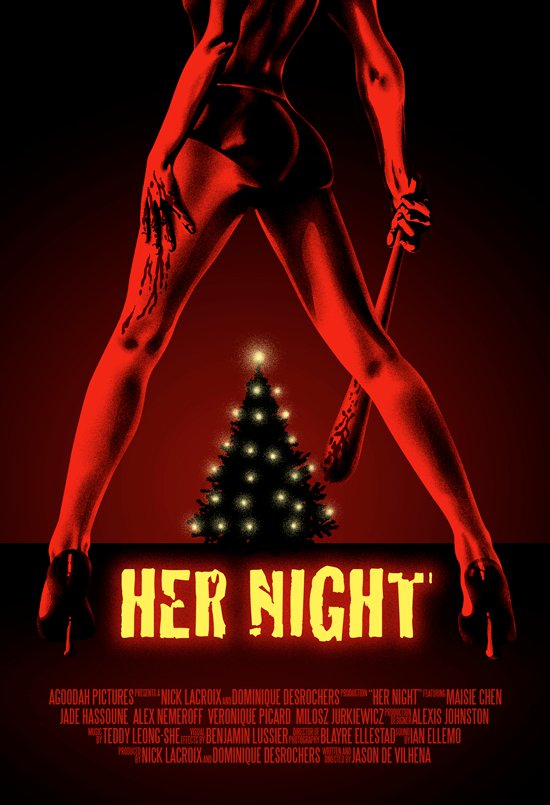
A couple of years ago I worked with a clever film crew in Montreal under the talented and terrifying direction of Jason De Vilhena. They had seen my wedding cinema work and thought I could bring the proper visual aesthetic to their horror movie. Don’t try and make sense of that. None-the-less I was thrilled to have the opportunity and immediately signed on to the team. This was my first real narrative production as I virginally walked onto set for the first time as a Director of Photography, ready to create drool-inducing visual imagery. Working alongside Jason De Vilhena and Benjamin Lussier, we collaborated throughout the roughly twelve day shoot - encountering and conquering several challenges together and ultimately producing this wonderful short horror film which really does a great job at scaring your pants off! I’m so proud to have been apart of this as not only have I launched my creative interests in the narrative form, but I made some really great inspiring friends who, initially and over time, taught me a lot about myself and the world of film production. It was incredibly demanding, having worked 24 hrs straight on day 1, but the satisfaction and sense of accomplishment greatly out-ways the incredible lack of sleep and Redbull we endured throughout production. This was way back in February of 2009 which seems soooo long ago now! Anyways the film released and went through a couple small festivals and had a pretty decent reception.
Now we’re seeing Her Night resurfacing for another festival in Montreal called the Montreal Comicon Horror Fest! Meaning my little baby from 4 years ago is still making it’s way around the cinema world and once again we’re (the production crew) getting a chance to showcase the product of what was a pretty huge investment for most of us. This time Her Night will officially premiere online, so you can go to the website and check it out. Here’s the Facebook page for you to get more details. It’s amazing to screen your work in-front of a large body of people. The feedback is what I live for. Having someone take time out of their day to enjoy creative efforts I worked on is very satisfying. I’m very thankful to the whole Her Night crew for letting me share in such a wonderful collaborative effort.
*UPDATE - For the first time EVER Her Night is LIVE online in it’s full form! Check it out below ![]()

![It’s 2013 and I still find myself using the age-old method of ingesting DSLR clips to the external drive, converting through MPEG streamclip, and then importing to my NLE (preferred by far is Adobe Premiere CS6). These are the teachings of the legendary Philip Bloom which were presented three years ago, [...] Codecs and Conversions (OSX)](../wp-content/themes/invictus_2.6.31/timthumb.php/wp-content/uploads/2013/01/avid-logo-2000x892_h-300-w-940-a-c-q-100.jpg)
![First of all, if you’re going to read this post it must be already assumed that you’re not a big time professional colorist sitting in your overdeveloped basement studio layer with an 100inch projection screen connected live to your editing monitor on your $30,000.00 outdated Mac Pro, cause this post is [...] Intro to Color Correction](../wp-content/themes/invictus_2.6.31/timthumb.php/wp-content/uploads/2013/01/The_Master_Paul_Thomas_Anderson-70-e1357971278696_h-300-w-940-a-c-q-100.jpg)

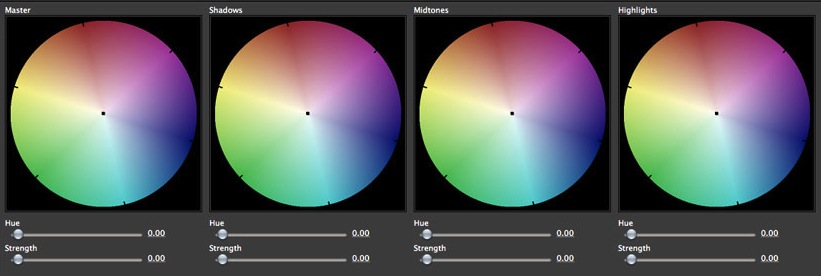

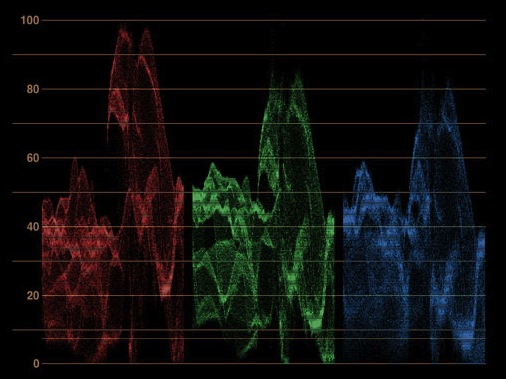

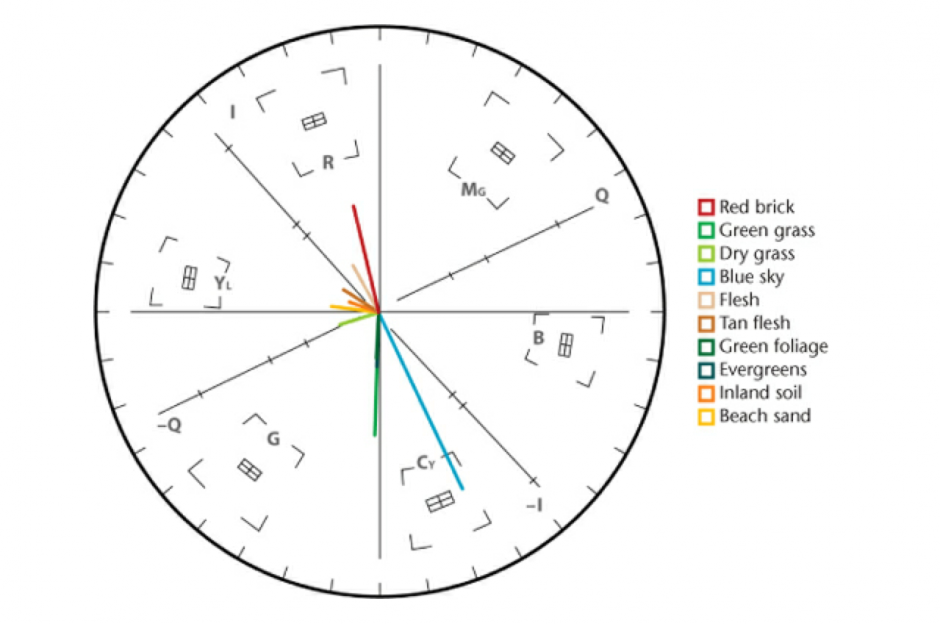
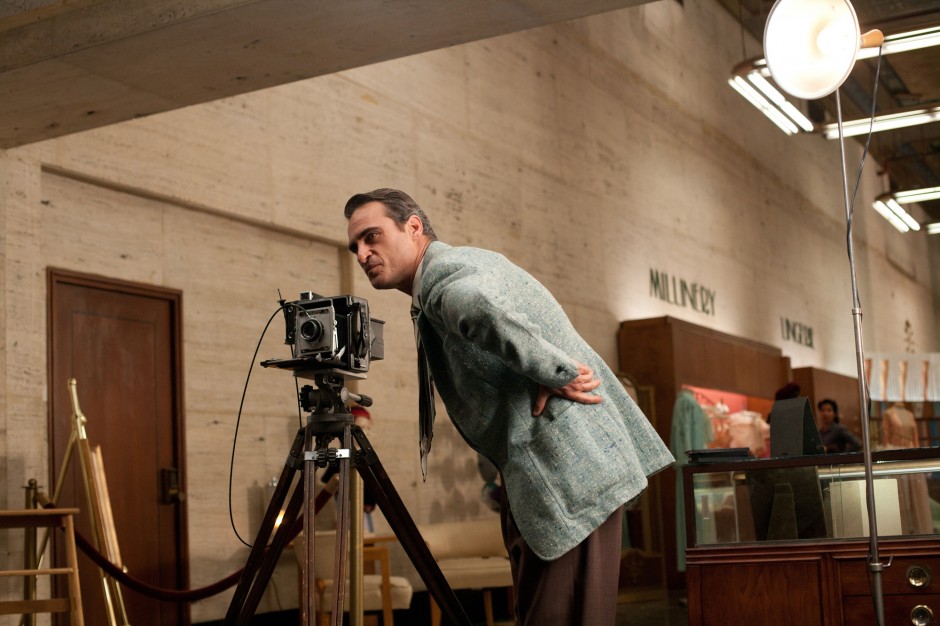
![*geared towards DSLR video* As an avid camera enthusiast and loyal member of the Canon legion, I’ve experienced many a glorious moment reading the new release specs on the latest and greatest. Foaming at the mouth over the possibility at being a better photographer / cinematographer, if I could only [...] Stop Wasting Money on Gear!!](../wp-content/themes/invictus_2.6.31/timthumb.php/wp-content/uploads/2013/01/BRUCE-big-eyes-copy-2000x1069_h-300-w-940-a-c-q-100.jpg)